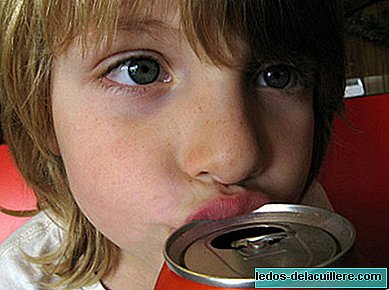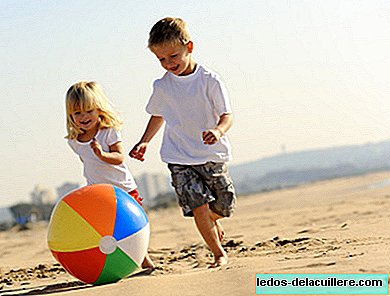
The European Food Safety Authority (EFSA) has collected data on the consumption of 'energy' drinks (ED) at European level, which at the same time determines the exposure of consumers to some of the active ingredients present in these beverages (ie: caffeine, taurine, and D-glucurono-and-lactone).
Our interest in this information is caused by the fact that children and adolescents have been included in the report, resulting in the fact that among respondents, 'the age group most likely to consume energy drinks is teenagers'. 68% of boys and girls who were asked, consumed these products. On the other hand, specialists have been able to determine that this Type of drinks represent in children between three and 10 years old 43% of their total exposure to caffeine. Now we should ask ourselves why adults induce or allow their habitual use at these ages.
It is known that 'energy' drinks are based on carbonated water and sugar, and are then manufactured by adding other components such as caffeine, guarana extract, taurine, inositol, etc. I really believe that nobody should consume them without knowing the composition and if they really respond to the expectations they have about them. Let's not lose sight of another part that What starts as an aid to play sports or endure more active time during leisure time, can become a habit.
More than 52,000 people from 16 EU Member States participated in this survey. As there is no agreed definition of what are 'energy' drinks, those without alcohol containing caffeine, taurine and / or vitamins have been included, often in combination with other ingredients.
The study also examines the specific habits related to the consumption of these drinks, such as the consumption associated with alcohol intake or the performance of intense physical exercise, among adolescents and adults
Some representatives of the Member States of the European Union had expressed their concern to EFSA, having registered a rising popularity of 'energy' drinks in Europe. The consumption of these leads to exposure to caffeine and other ingredients in children and adolescents, which may be inappropriate, and this led to the study being commissioned.
Energy drinks and minors
Among European adolescents (10 to 18 years), 12% have high chronic consumption of these drinks (about seven liters per month), and another 12% can be considered acute consumers (also at a high level). And speaking of children under 10, 18% were consumers of energy drinks, 16% presenting a high chronic consumption (almost four liters per month).
More than half of adolescents make a combined consumption with alcohol, and approximately 41% consume them when performing sports activities (although here we have already seen that recreational sports are not really needed).
An opinion prepared in 2009 by EFSA concluded that exposure to taurine and D-glucurono-and-lactone through these drinks was not worrisome, current research has confirmed that the scenarios of four years ago were realistic. However, it should be noted that this amino acid and substance respectively, are already produced naturally by the human body.
I would worry, if not for the components mentioned (which I have my doubts), yes for the caffeine and sugars present. After the study it is recommended to monitor possible new increases in the consumption of ED, to update the known data.












